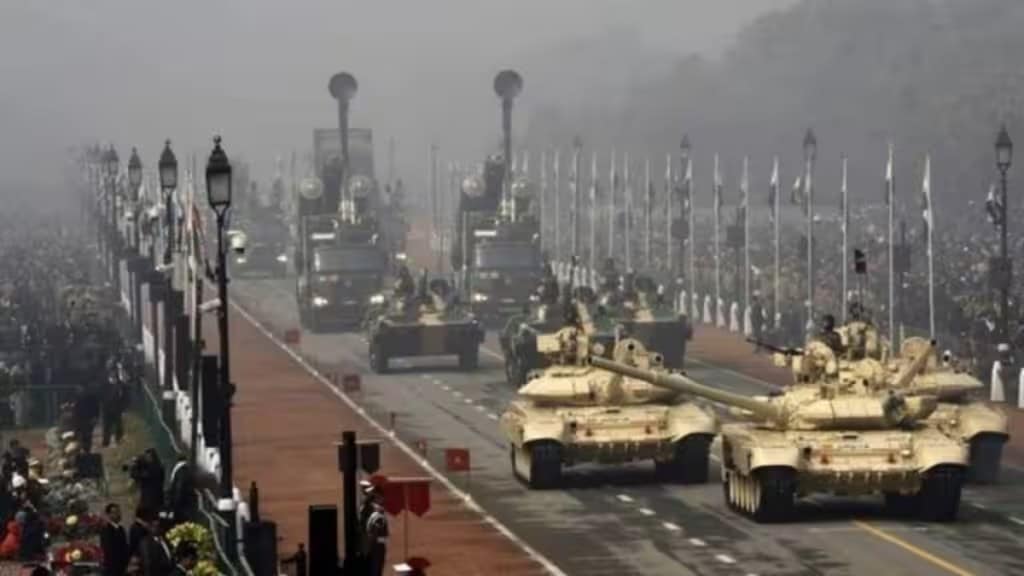In the early 1960s, the Indian subcontinent witnessed a series of events that would shape its destiny for decades to come. The Indo-China War of 1962 and the Indo-Pakistan War of 1965 were not merely military confrontations but turning points that ushered in an era of transformation in Indian defense and foreign policy.
The Wake-Up Call: Wars with China and Pakistan
The Sino-Indian Border Conflict (1962)
The 1962 Sino-Indian War revealed profound cracks in India’s defence planning. The humiliating defeat shook the nation’s confidence and triggered an urgent need for self-assessment. India’s poorly equipped and underprepared military faced a well-organised and well-equipped Chinese People’s Liberation Army. The unpreparedness led to introspection and catalysed a complete overhaul of India’s defence policy.
The Indo-Pak War (1965)
The conflict with Pakistan in 1965 further emphasised India’s military vulnerabilities. Despite ending in a status quo, the war demonstrated the need for a more robust military and strategic planning. This conflict, occurring just three years after the clash with China, signaled a critical lesson in geopolitics and defence preparedness.
Building Military Strength
Investment in Military Infrastructure
Realising the crucial gaps in its military, India embarked on a comprehensive program to bolster its defence capabilities. This included enhancing the quality of training, building infrastructure, and investing in research and development.
Acquisition of Advanced Technology
The nation’s leadership understood that technological advancement was key to military supremacy. Efforts were made to acquire state-of-the-art weaponry and to foster indigenous defence production. Collaborations with foreign defence manufacturers increased, with the focus on creating a self-reliant defence industry.
Developing a More Independent Foreign Policy
Rethinking Nonalignment
India’s policy of nonalignment allowed it to maintain a neutral stance during the Cold War. However, the two significant conflicts required a recalibration of this policy. While nonalignment remained a principle, India adopted a more realistic approach to international relations, maintaining its autonomy but adapting to changing global dynamics.
Strategic Diplomacy
The 1960s also saw India engage in strategic diplomacy, forging alliances that would benefit its economic and defence interests. These alliances were carefully crafted, ensuring that India’s sovereignty and autonomy remained intact.
Seeking Closer Ties with the United States, Western Countries, and the Soviet Union
Aligning with the Western Bloc
While maintaining its nonaligned stance, India began to seek closer ties with the US and other Western countries. This alignment was seen as crucial in counterbalancing the influence of China and also in gaining technological and economic support.
Fostering Relations with the Soviet Union
Simultaneously, India’s relationship with the Soviet Union strengthened. This partnership allowed India access to Soviet military technology and support on various international platforms. The dual approach of aligning with both blocs showcased India’s diplomatic finesse.
Lessons and Legacy
The period between 1961 and 1966 was indeed a jolt of reality for India, leading to transformative changes in its defense and foreign policy. The lessons learned continue to resonate, providing insights for contemporary policymakers.
The pragmatic approach adopted during these years laid the foundation for India’s current defense strategy and foreign policy, reflecting a nation that recognizes the importance of adaptability and strategic planning.
In the broader sense, India’s transformation during this period serves as a case study for nations grappling with complex geopolitical environments. It underscores the significance of a well-crafted defense policy, technological advancement, and nuanced diplomacy.
The jolt of reality that India experienced during these years continues to echo, reminding us that being prepared, adaptable, and strategic in international relations is as relevant today as it was in the early 1960s. It’s a timeless lesson in geopolitics and nation-building

